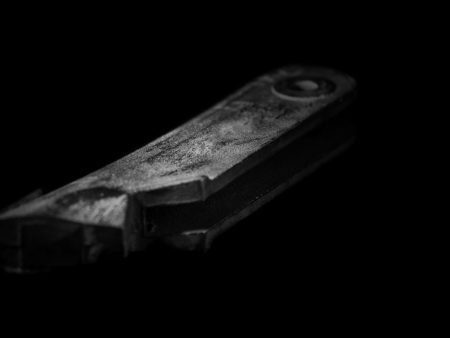Materials which have to withstand extraordinary wear and tear are called ‚wear resistant cast iron’. The special hardness can be reached by the high carbon content as well as by the addition of special alloy elements like manganese, chrome, nickel and molybdenum. Depending on the alloy, different degrees of hardness can be achieved.
The traditional cupola furnace is not suitable for melting wear-resistant cast iron. It does not allow the addition of alloying elements such as chromium, nickel, molybdenum, tungsten, and other elements that contribute to hardness. For this reason, wear-resistant cast iron is produced by foundries equipped with one or more electric furnaces (induction furnaces). In these furnaces, electric current heats the raw material and the alloying elements. Companies that have small induction furnaces also have the option to produce prototypes as individual pieces or in very small quantities using additive moulding processes, without the need for expensive pattern equipment.
Wear-resistant cast iron is particularly suited for hammers, armour plates, mallets, throwing vanes and many other parts which are exposed to heavy wear caused by friction.
